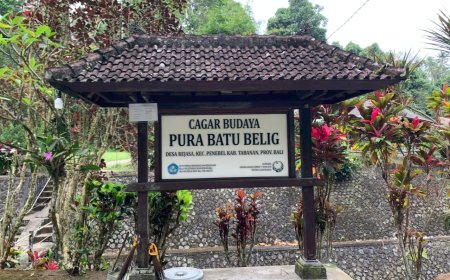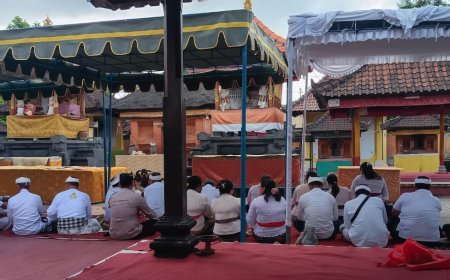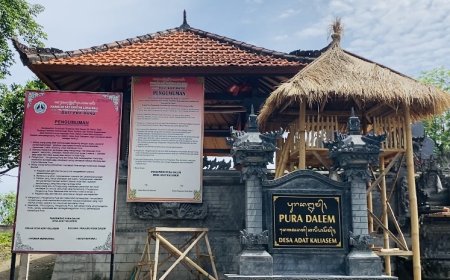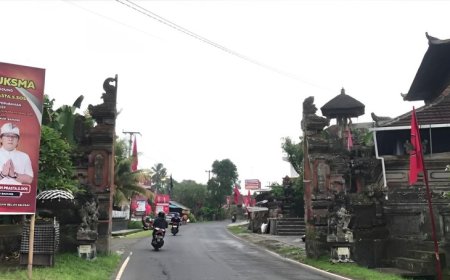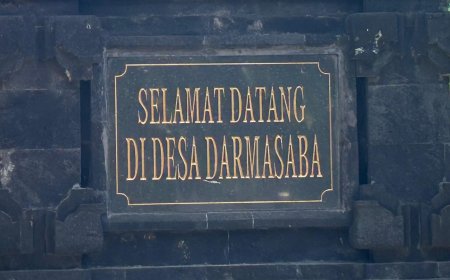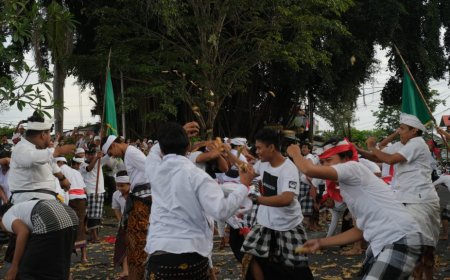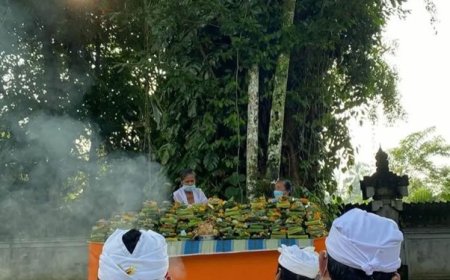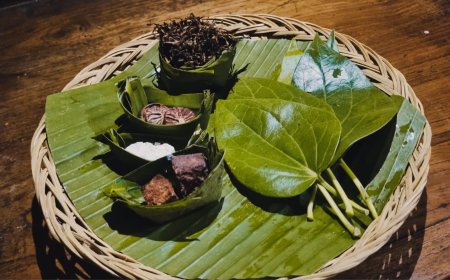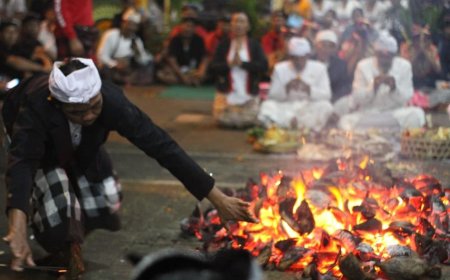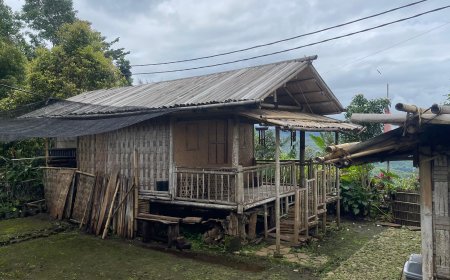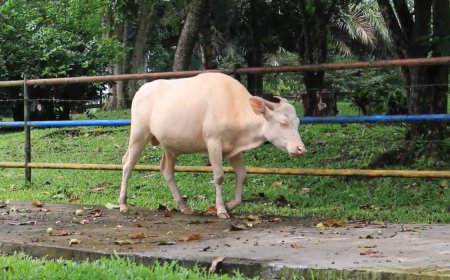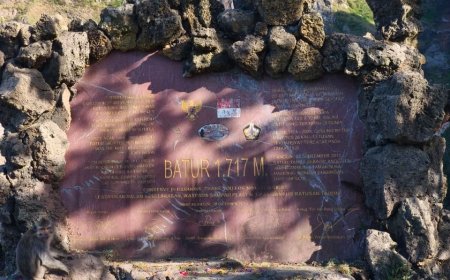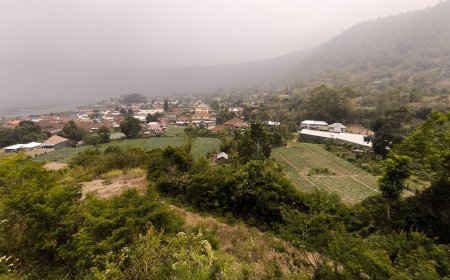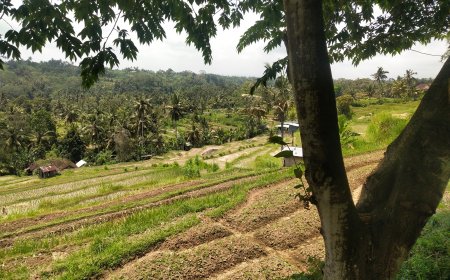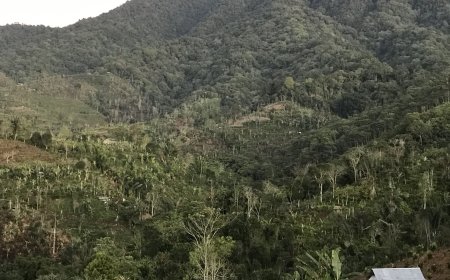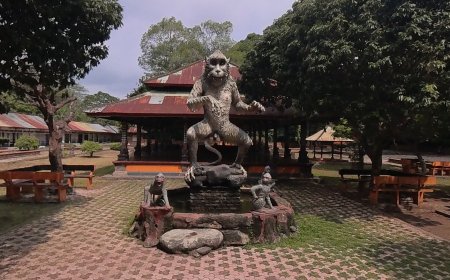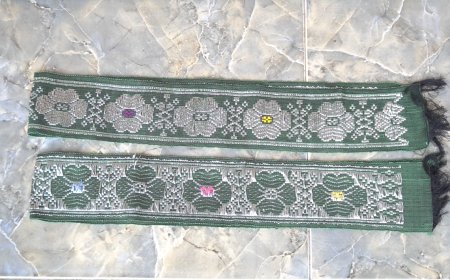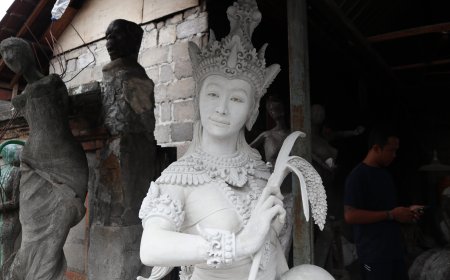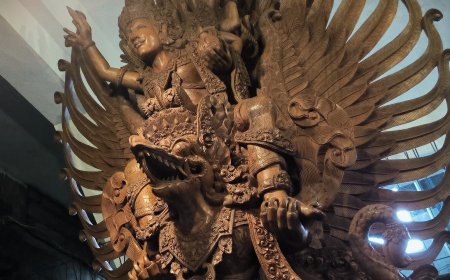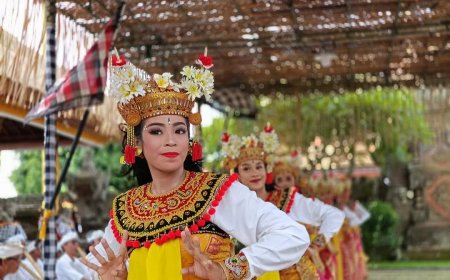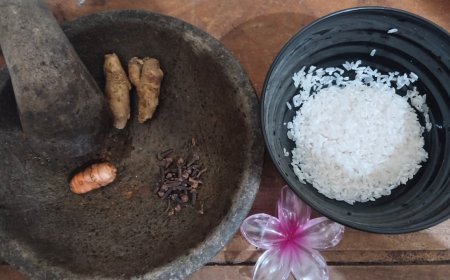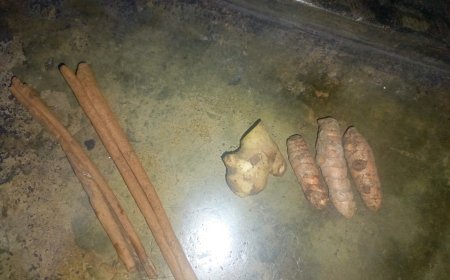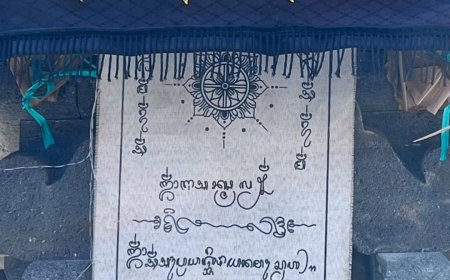Aksara Wianjana: The Basics of Balinese Script
Wianjana characters are the basic letters in the Balinese script system, which consists of 18 letters. Each letter has an inherent /a/ vowel and can be combined with other letters to form various syllables. In addition to serving as a linguistic basis, wianjana also has philosophical and religious values that are integrated into Balinese traditions. Understanding wianjana is key to preserving the Balinese script in the modern era.
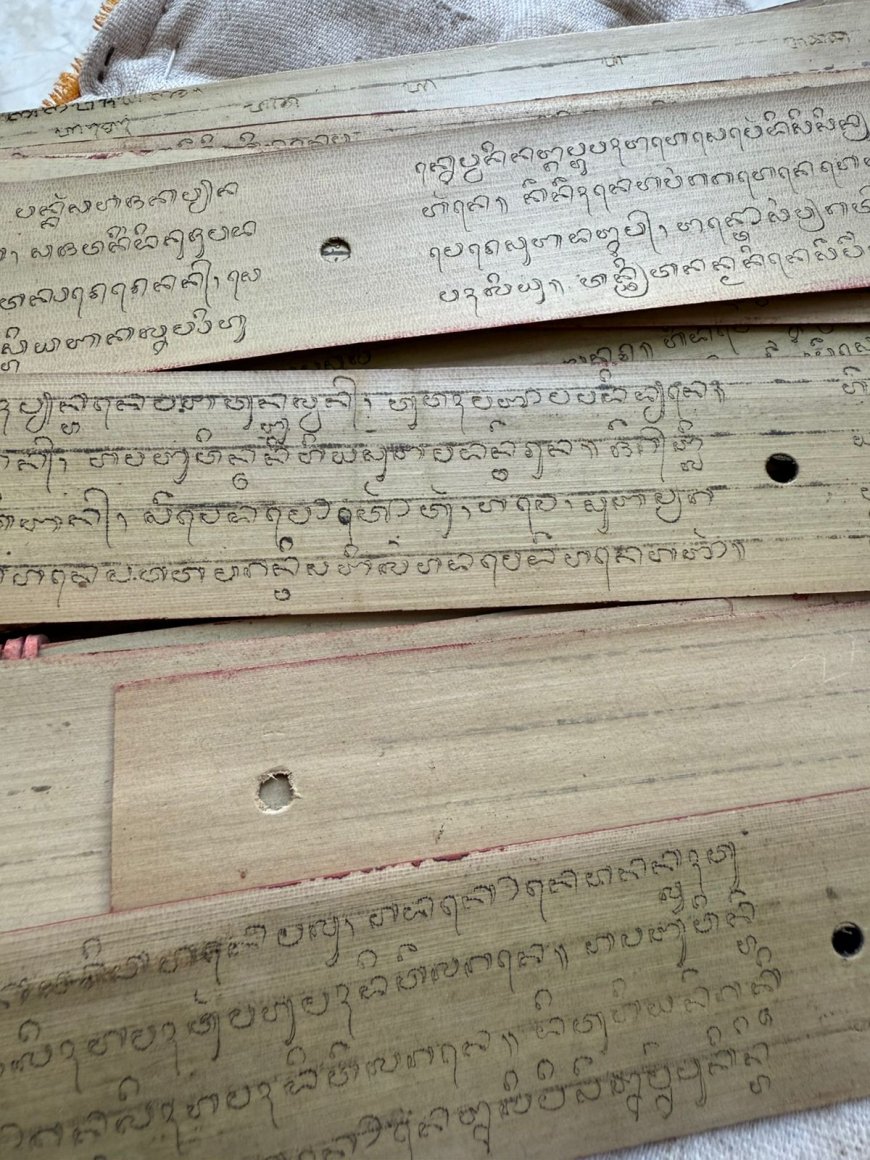
Balinese script has various types of letters, one of which is the wianjana script, which occupies the most fundamental position. Wianjana is understood as the basic or main letters that form the foundation of words in written Balinese. According to the Balinese Script Installation Guidelines (2002), there are 18 basic wianjana letters. The first sixteen letters are inherited from the development of the Brahmi–Pallawa script, while the two additional letters were developed locally in Bali, reflecting a blend of outside influences and local cultural creativity.
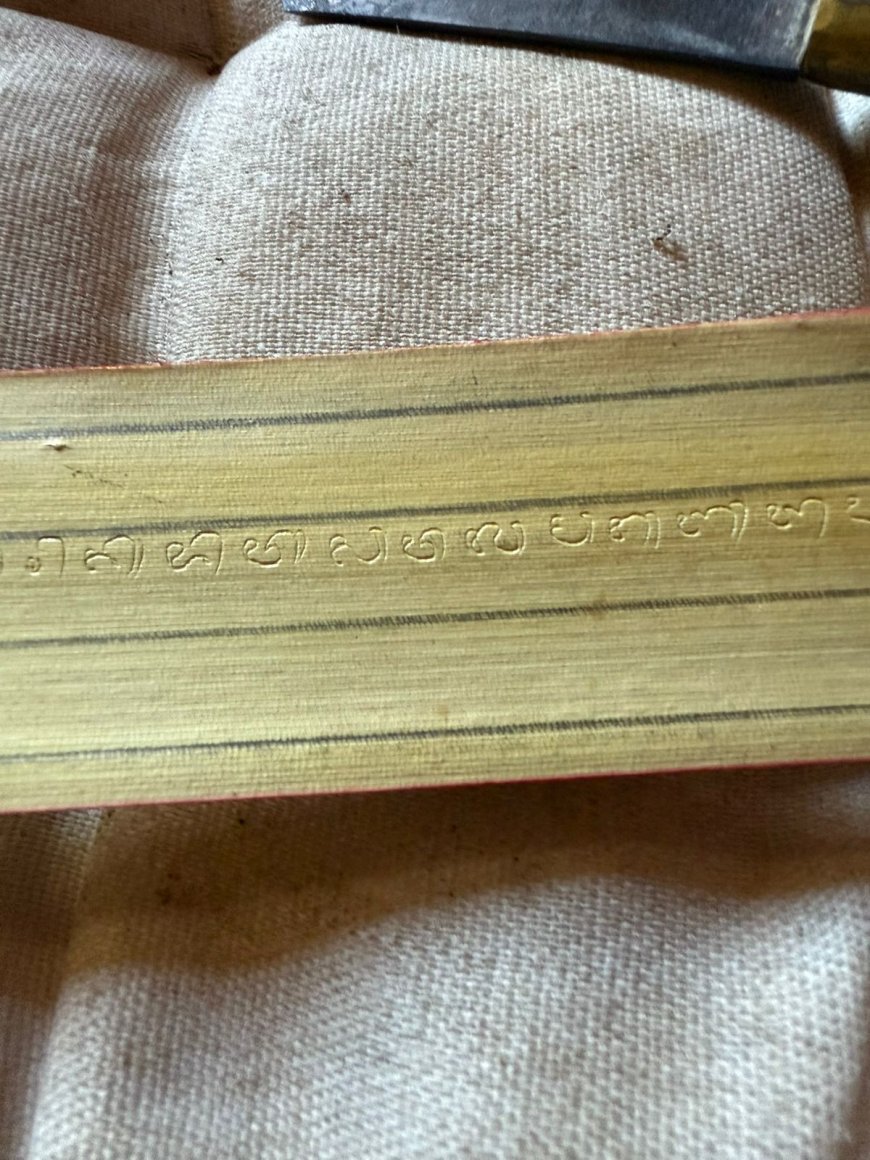
Wianjana script before being blackened (Source: personal collection)
The sequence of wianjana characters, which includes ha, na, ca, ra, ka, da, ta, sa, wa, la, ma, ga, ba, nga, pa, ja, ya, nya, (ᬳ᭞ ᬦ᭞ ᬘ᭞ ᬭ᭞ ᬓ᭞ ᬤ᭞ ᬢ᭞ ᬲ᭞ ᬯ᭞ ᬮ᭞ ᬫ᭞ ᬕ᭞ ᬩ᭞ ᬗ᭞ ᬧ᭞ᬚ᭞ ᬬ᭞ ᬜ᭟) has become the standard order in teaching Balinese characters. Each wianjana letter inherently has the vowel /a/, which can be changed to other vowels by adding a vowel suffix. Thus, the use of wianjana in writing practice is very flexible because through the combination of basic letters and suffixes, various syllable variations can be formed.
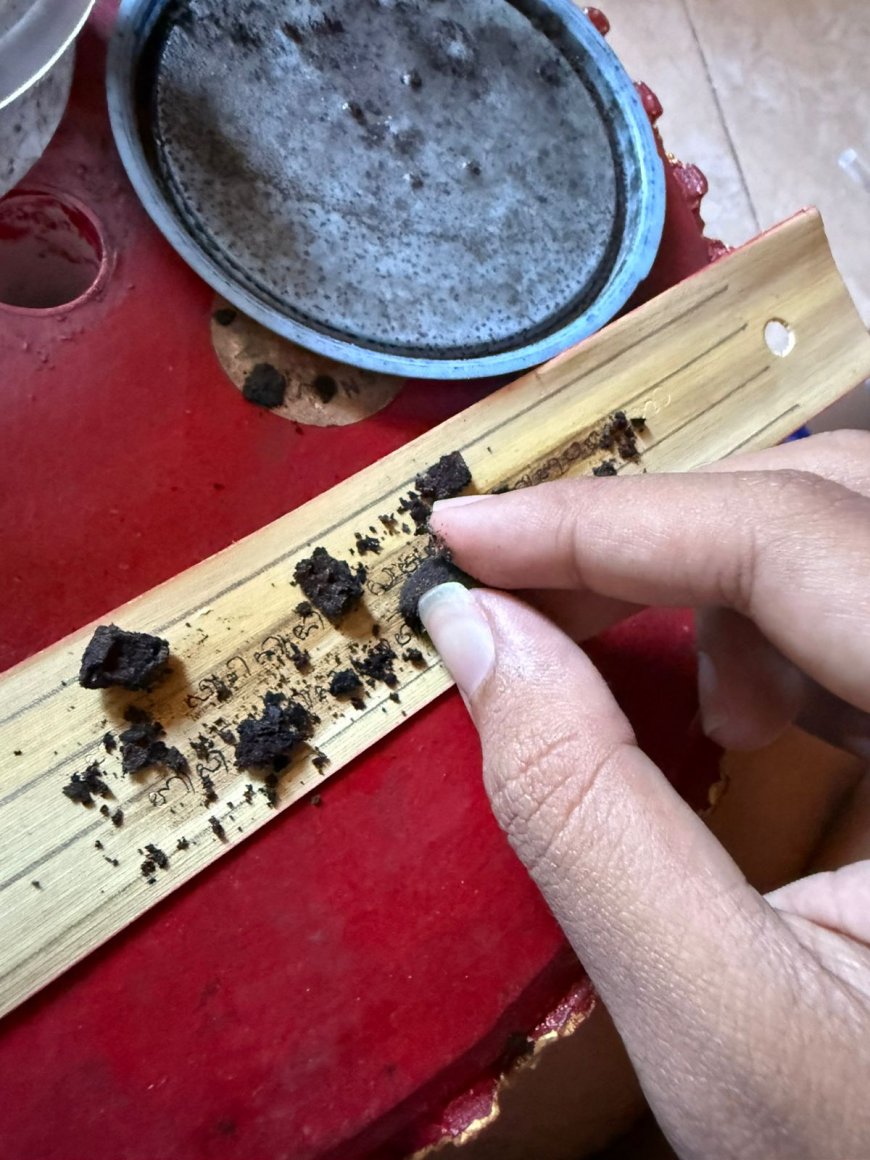
The blackening stage uses roasted candlenuts (Source: Personal Collection)
The position of wianjana is not only important linguistically, but also rich in cultural and religious meaning. This series of letters is believed to symbolize the harmony of Balinese Hindu cosmology, so that its teaching is not limited to the technical skills of reading and writing. In lontar manuscripts, wianjana is used to write kakawin, kidung, usada, and sacred mantras, while in everyday life these letters are found on inscriptions, traditional documents, signboards, and art ornaments. Thus, its existence is closely integrated into the traditions and spirituality of Balinese society.

The results of Balinese script writing that has been blackened (Source: Personal Collection)
The journey of the wianjana script, which originated in India and developed into a form unique to Bali, reflects a long historical process. From its practical function to its philosophical value, wianjana has proven to be central to the Balinese script system and a symbol of cultural identity. Mastering these 18 basic letters is a very important first step in understanding the entire Balinese script system, both in a linguistic context and in efforts to preserve cultural heritage in the modern era.
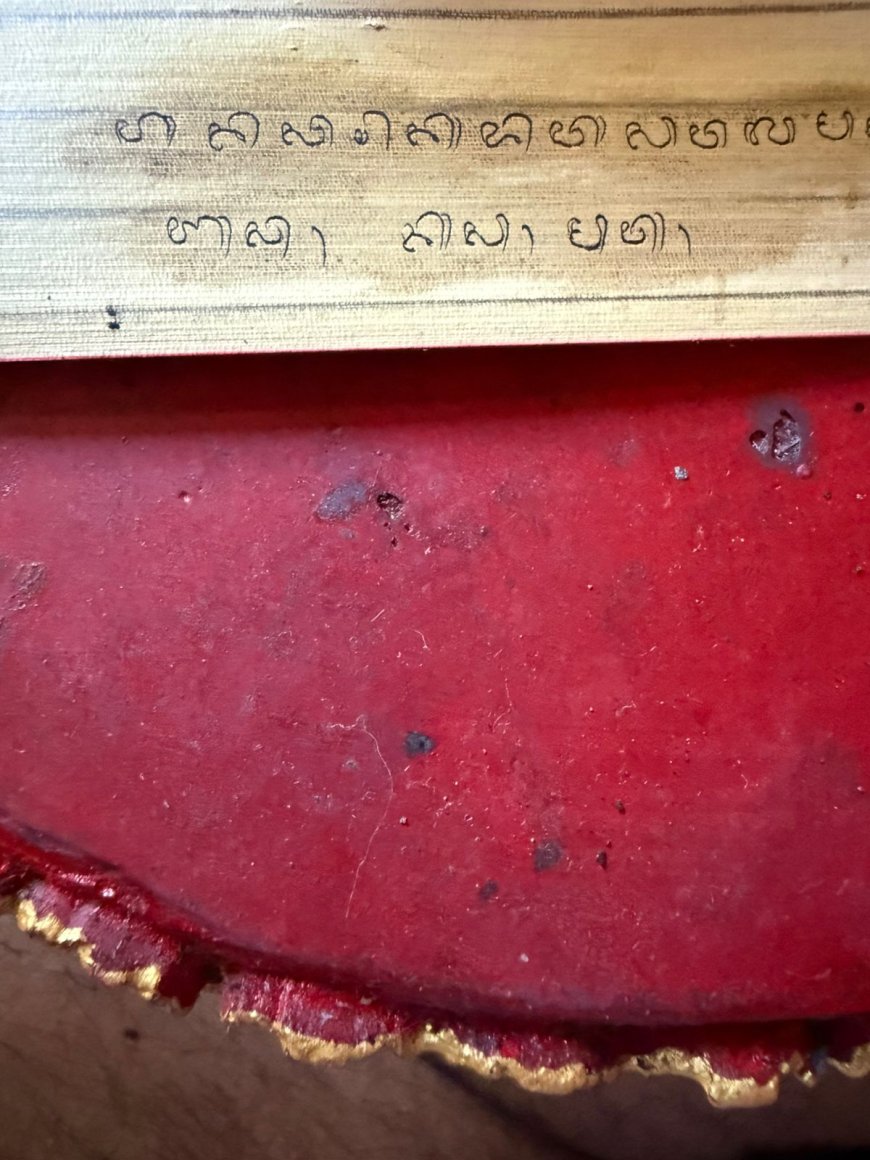
Examples of words using the wianjana script without vowels (Source: Personal Collection)
Wianjana characters are words formed solely from wianjana characters or basic letters without any additional vowel markings like baca (ᬩᬘ᭞), kaca (ᬓᬘ᭞), mata (ᬫᬢ᭞). In this form, each character is automatically read with the basic vowel /a/, so there are no variations in sound determined by markings. This writing pattern emphasizes the original function of letters as the basis for word formation before undergoing changes or adjustments through the use of vowel marks. Thus, wianjana words can be understood as a pure and simple arrangement of letters, as well as the main foundation of the Balinese writing system.


